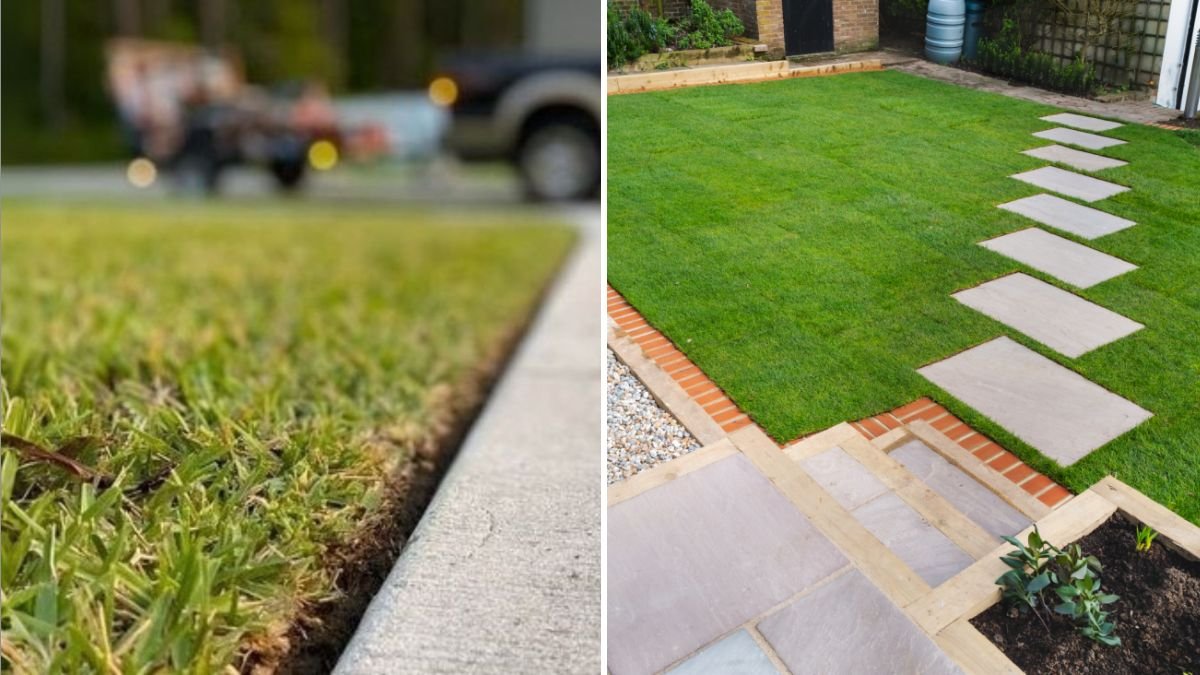A well-kept lawn is a point of pride for many homeowners, but there’s one detail that often makes the difference between a yard that looks ordinary and one that looks polished: the edges. Crisp, well-defined lawn edges frame your turf like a picture, creating a clean separation between grass, walkways, flower beds, and driveways. Without attention, grass can creep into garden beds, overrun sidewalks, and create an untidy appearance—even if the lawn itself is lush and healthy.
Keeping lawn edges sharp isn’t just about looks; it also helps prevent grass from spreading where it doesn’t belong and reduces long-term maintenance. Below, we’ll cover everything you need to know—from tools and techniques to maintenance tips—for maintaining clean and professional-looking lawn edges.
Why Lawn Edging Matters
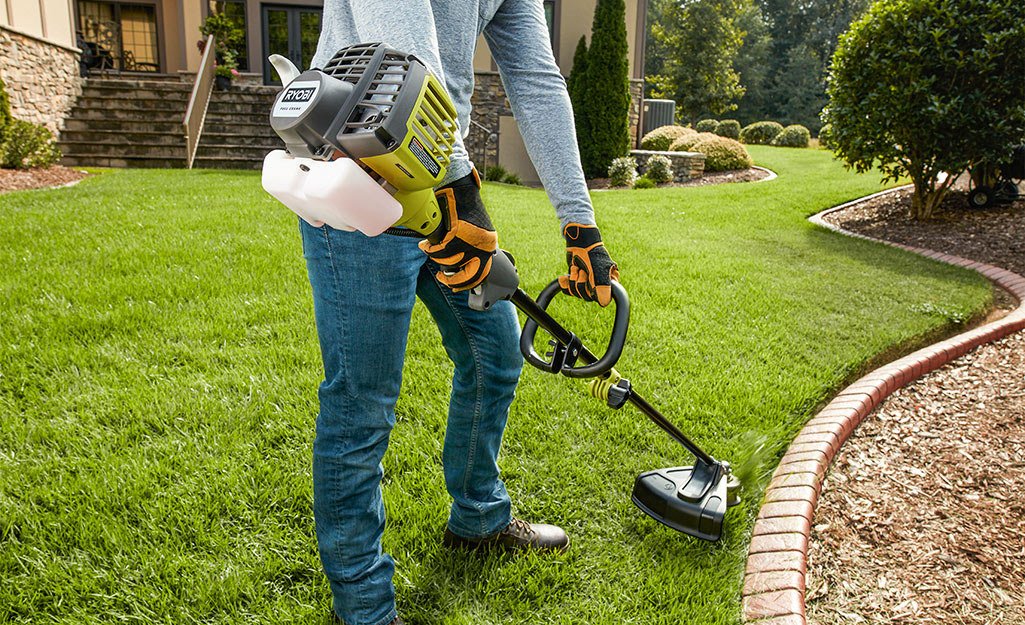
- Curb Appeal: Defined edges instantly boost the overall look of your yard, giving it a manicured finish.
- Weed Control: A sharp edge reduces the chance of grass invading flower beds and competing with ornamental plants.
- Ease of Maintenance: Well-maintained edges make mowing easier and reduce time spent trimming.
- Longevity: Consistent edging prevents grass from spreading into unwanted areas, saving you effort later.
Step 1: Gather the Right Tools
The quality of your edging depends heavily on the tools you use. Fortunately, you don’t need an arsenal of equipment—just a few reliable basics.
- Manual Edging Tools:
- Half-Moon Edger: A spade-shaped tool perfect for cutting clean lines into soil.
- Edging Shears: Long-handled scissors designed to trim grass along borders.
- Power Tools:
- String Trimmer (Weed Whacker): Great for quick trimming along sidewalks and driveways.
- Lawn Edger: Motorized or battery-powered, these create precise vertical cuts.
- Support Tools:
- Garden gloves, a measuring tape, and a hose (for laying curved guides).
Pro Tip: If you have a large yard or want a professional finish, investing in a powered lawn edger saves time and delivers crisp results.
Step 2: Plan Your Edging Layout
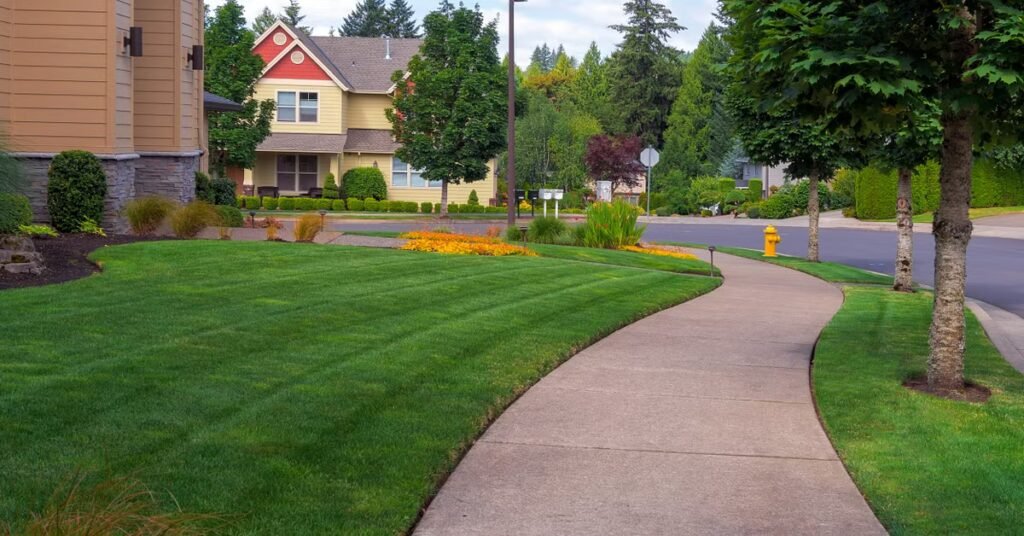
Before cutting, decide where and how you want your edges to look.
- Straight Edges: Ideal for driveways, sidewalks, and patios. Use a string line or a straight board as a guide.
- Curved Edges: Add a natural look around garden beds or trees. Use a garden hose or rope to outline curves.
- Raised Edges: For flower beds, consider adding brick, stone, or metal edging to create a more permanent division.
Pro Tip: Keep curves wide and sweeping rather than tight and jagged. This looks better visually and is easier to mow around.
Step 3: Cut Clean Edges
Once planned, it’s time to cut your edges.
- Mark the line: Lay out a hose, rope, or chalk line where you want your edge.
- Cut vertically: Push a half-moon edger straight down along the guide, rocking slightly to slice through turf.
- Remove excess sod: Pull out the strip of grass or soil to create a neat trench.
- Refine with trimmers: Use shears or a string trimmer to neaten any uneven spots.
Pro Tip: Edge when the soil is slightly damp—it’s easier to cut through than hard, dry soil. Avoid edging after heavy rain, which can make lines messy.
Step 4: Maintain the Edge
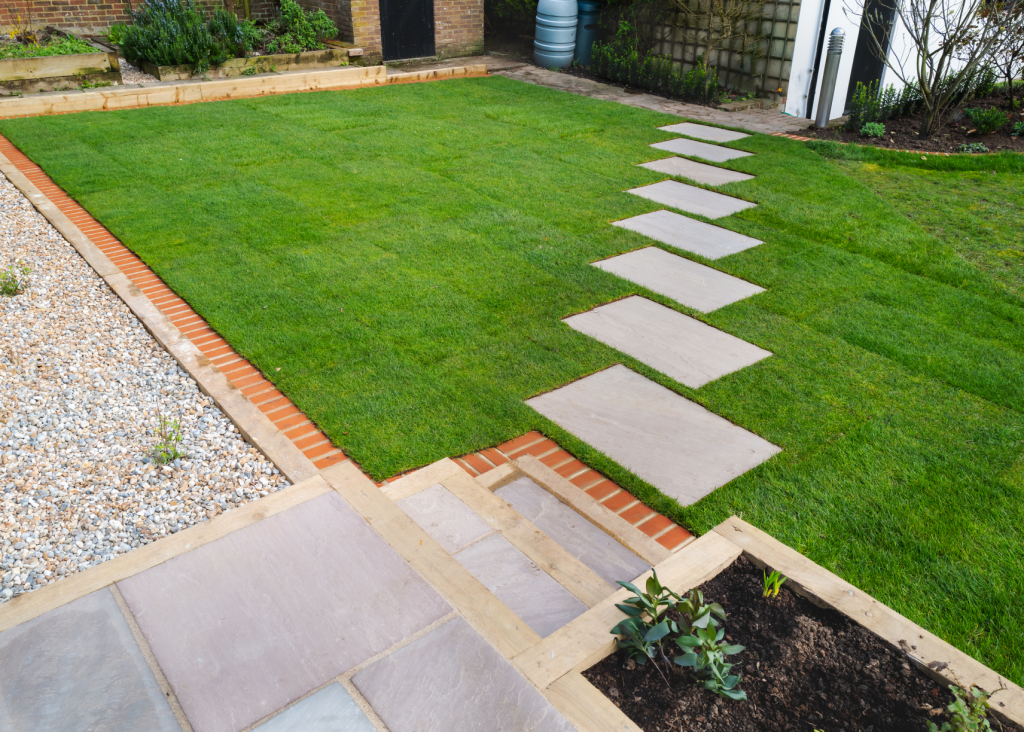
The secret to always-sharp lawn borders is regular upkeep. Grass grows quickly, and if left unchecked, it will soften or blur your edges.
- Weekly Touch-Ups: Run a trimmer or edging shears along borders after mowing.
- Monthly Deep Edge: Recut edges with a half-moon edger or powered edger for crisp lines.
- Seasonal Clean-Up: Re-establish edges in spring and fall to keep them sharp year-round.
Pro Tip: Combine edging with your mowing schedule. It’s easier to maintain crisp borders if you tidy them every time you cut the grass.
Step 5: Consider Permanent Edging Solutions
If you want long-lasting definition, install permanent edging materials. These act as physical barriers to grass growth and reduce the frequency of manual edging.
- Brick or Stone Edging: Attractive and durable; creates a classic border.
- Metal Edging: Sleek and modern; thin enough for a minimalist look.
- Plastic Edging: Budget-friendly but less durable; easy to install.
- Concrete Curbs: Professional, permanent, and nearly maintenance-free.
Pro Tip: Set permanent edging flush with the ground so your mower can roll over it. This eliminates the need for extra trimming.
Step 6: Avoid Common Edging Mistakes
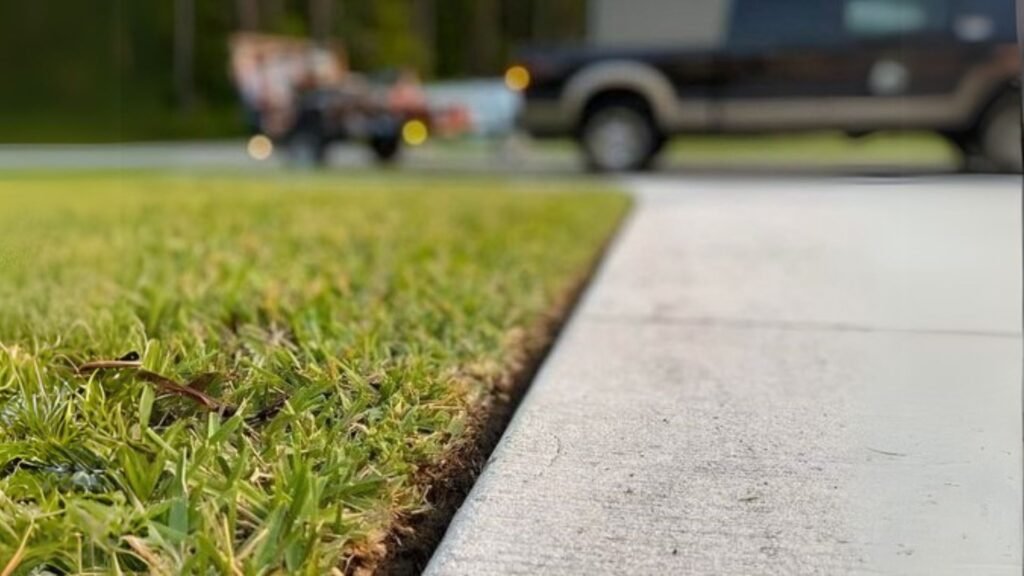
Even with the right tools and techniques, it’s easy to make mistakes that leave your edges uneven or short-lived.
- Skipping Guides: Freehand edging often leads to wobbly lines. Always mark your path first.
- Cutting Too Deep: This can damage grass roots and encourage weeds. Stick to a shallow trench (1–2 inches).
- Inconsistent Maintenance: Waiting too long between edging sessions means you’ll have to recut from scratch.
- Neglecting Corners and Curves: These areas are most prone to grass creep and require extra attention.
Seasonal Lawn Edging Tips
- Spring: Redefine edges after winter when grass growth resumes.
- Summer: Maintain edges weekly; warm weather speeds up growth.
- Fall: Do a deep edge to prepare for winter and reduce spring cleanup.
- Winter: Avoid heavy edging; frozen soil can damage your tools and turf.
When to Hire a Professional
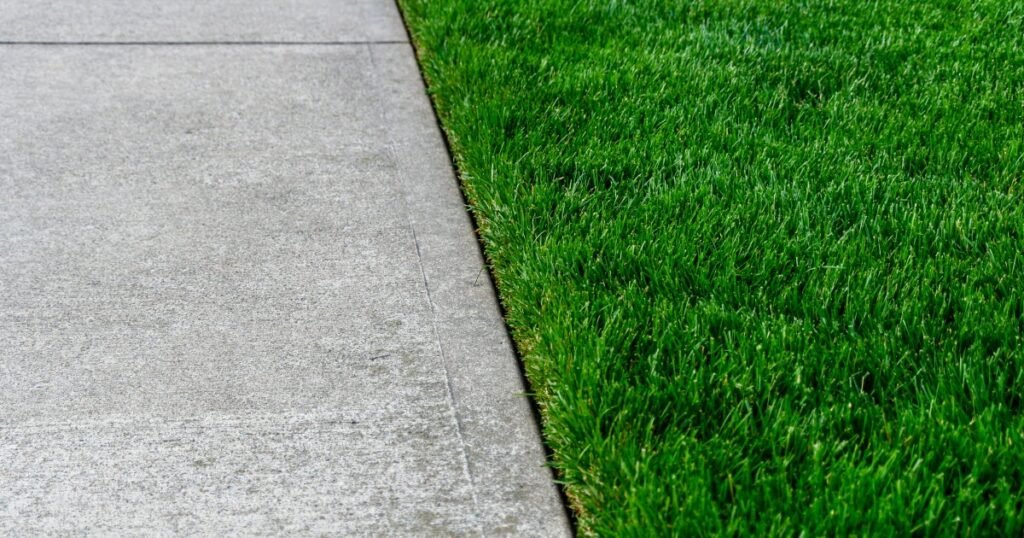
If you have a large property, elaborate landscaping, or want a flawless finish, hiring a landscaping service may be worthwhile. Professionals use specialized equipment for sharp, consistent lines that can last longer than DIY efforts.
Final Thoughts
Crisp lawn edges are the unsung heroes of a beautiful yard. They provide structure, boost curb appeal, and make routine lawn care easier. The key is consistency—whether you prefer weekly touch-ups with a trimmer, monthly deep edging with a manual tool, or investing in permanent edging materials.
By planning your layout, cutting edges carefully, and maintaining them regularly, you can achieve that magazine-worthy lawn look without hours of extra work. With sharp, clean edges, even a modest yard instantly looks more polished and well cared for.
So next time you mow the lawn, don’t stop at the grass. Take a few extra minutes to edge—you’ll be amazed at how much of a difference it makes.
